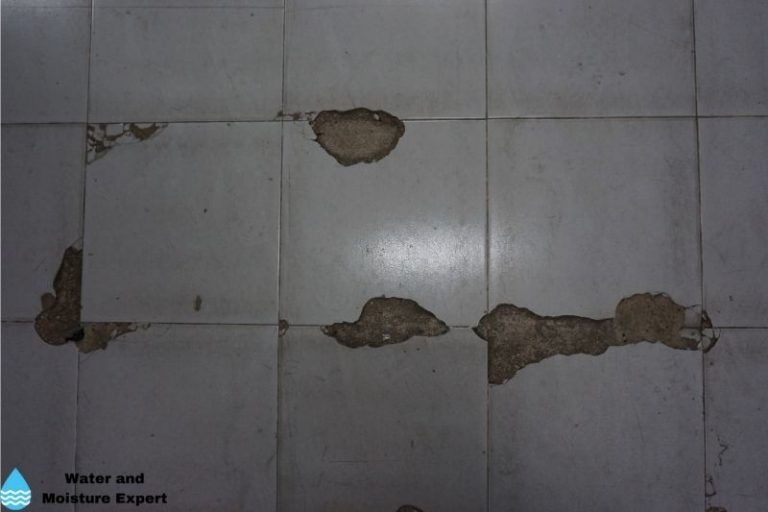How to Stop Water Damage in Your Bathroom
How to Stop Water Damage in Your Bathroom
Blog Article
Just how do you feel on the subject of Looking for Signs of Water Damage in the Bathroom?

The bathroom is extremely vulnerable for moist accumulation and possible water damages as a result of the constant use water in it. This post uses basic assessment methods to assist discovering water damage hazards.
The frequent use water in the washroom makes it exceptionally prone for damp build-up and potential water damages. By evaluating it on a regular basis, you can minimize water associated damages.
The following collection of assessments is simple to perform and need to be done when in every three months in order to keep your washroom healthy as well as to prevent possible water problems triggered by the bathtub, the shower, pipeline joints as well as plumbing, sinks, cabinets, and also the commode
Do not overlook performing these examinations as well as be comprehensive while executing them. Remember that these easy inspections can conserve you a lot of money by supplying early indications for water damages
Sinks and Cabinets
Sinks and also cabinets are revealed to wetness and moisture day-to-day as well as are frequently forgotten. Check frequently under the sink and on the kitchen counter over it. Repair any kind of drip in the catch as it may recommend drainpipe problems. Check out the sink, sluggish draining pipelines may show an obstructed drain. Change sink seals if they are broken or loose.
Tub and Shower
The shower and also tub require unique attention and also maintenance. Examine the ceramic tiles and change if cracked. See to it that there is no missing cement between the floor tiles. Check and change cracked caulking at joints where the wall surfaces meet the flooring or the bathtub. Blocked drains as well as pipes issues will stop the bathtub from drying out and may show major troubles below the bath tub. Speak with a specialist instantly to stop structural damages. Pay attention to discolorations or soft locations around the bathtub wall surfaces as they might suggest an inner leak.
Plumbing
Signs for water damages are tough to spot given that the majority of pipes are mounted inside the walls.
Pay special attention to flooring and also wall surfaces moisture and spots as they might show an invisible plumbing problem. Inspect dampness degrees in adjacent rooms as well.
The Bathroom
The bathroom is an at risk water joint. Check the water lines and also search for leakages around the bathroom seat, in the tube, and also under the water tank. If you spot any type of indicators of moisture on the floor around the bathroom, look for leakages in the toilet rim and storage tank seals.
Know that hanging commode dish deodorants enhances the possibilities for blockages.
Water Damage Signs In The Bathroom To Avoid Cleanup
Musty smell
This is one of the easiest signs to catch because musty smells are so odorous. The damp, earthy, moldy smell should be a big red flag. The smell will develop when moisture gets trapped in surfaces, and begins to facilitate mold growth. Leaking pipes under cabinets, inside walls, and behind shower fixtures will cause moisture to stay trapped and not dry, which will lead to mold growth and spread. As soon as you notice any musty smells in your bathroom, have it checked for hidden water damage and cleanup signs.
Visible mold
If the smell isn’t there to give it away, sometimes you will actually see mold growth. Finding mold in your bathroom is a serious problem, because mold is very harmful to your health. By the time mold growth is visible, it also means that water damage has already occurred and been present for some time. The only way the mold problem can be resolved is to find the source of the moisture and get it stopped. To safely and adequately remove mold, you need to have professionals handle the remediation. Do not waste any time in getting mold problems addressed, fixed, and sanitized so that you can protect you and your family from the many respiratory symptoms caused by mold exposure.
Damaged floors
Bathroom floors should be able to withstand some exposure to water while still remaining in good condition. However, when excess exposure or water leaks occur, they will begin to damage even the most water-resistant flooring. If you notice any cracking, bubbling, staining, or warping on your bathroom floors, there is probably a water leak somewhere causing the distortion. If you notice areas of the floor have become softer, or even have a spongy feeling, there is probably damage to the subfloor. Subflooring is typically made up of plywood. When plywood is exposed to water or moisture, it will absorb it. Once it has become saturated, the weight of the excess water will cause the wood to swell and soften. Check the floors in your bathroom frequently to catch any of these sings before they lead to damaged subflooring.
Changes on walls
When water leaks behind walls, it will cause changes in the drywall. Peeling plaster, blistering paint, and soggy wallpaper are all good indicators that excess water is building up behind the wall. Water leaking behind drywall will cause it to swell and be soft to the tough. If you start to notice gaps along the trim of your walls, or where tile meets the wall, it could also be a strong indicator that there is a leak behind the wall. Any changes, distortion, or damage on the walls should be evaluated as soon as you notice it to prevent further water damage and cleanup.

As a passionate person who reads about How to Fix a Water Damage Bathroom, I assumed sharing that article was really helpful. Sharing is nice. Helping people is fun. Thank you so much for going through it.
Order Repair Report this page